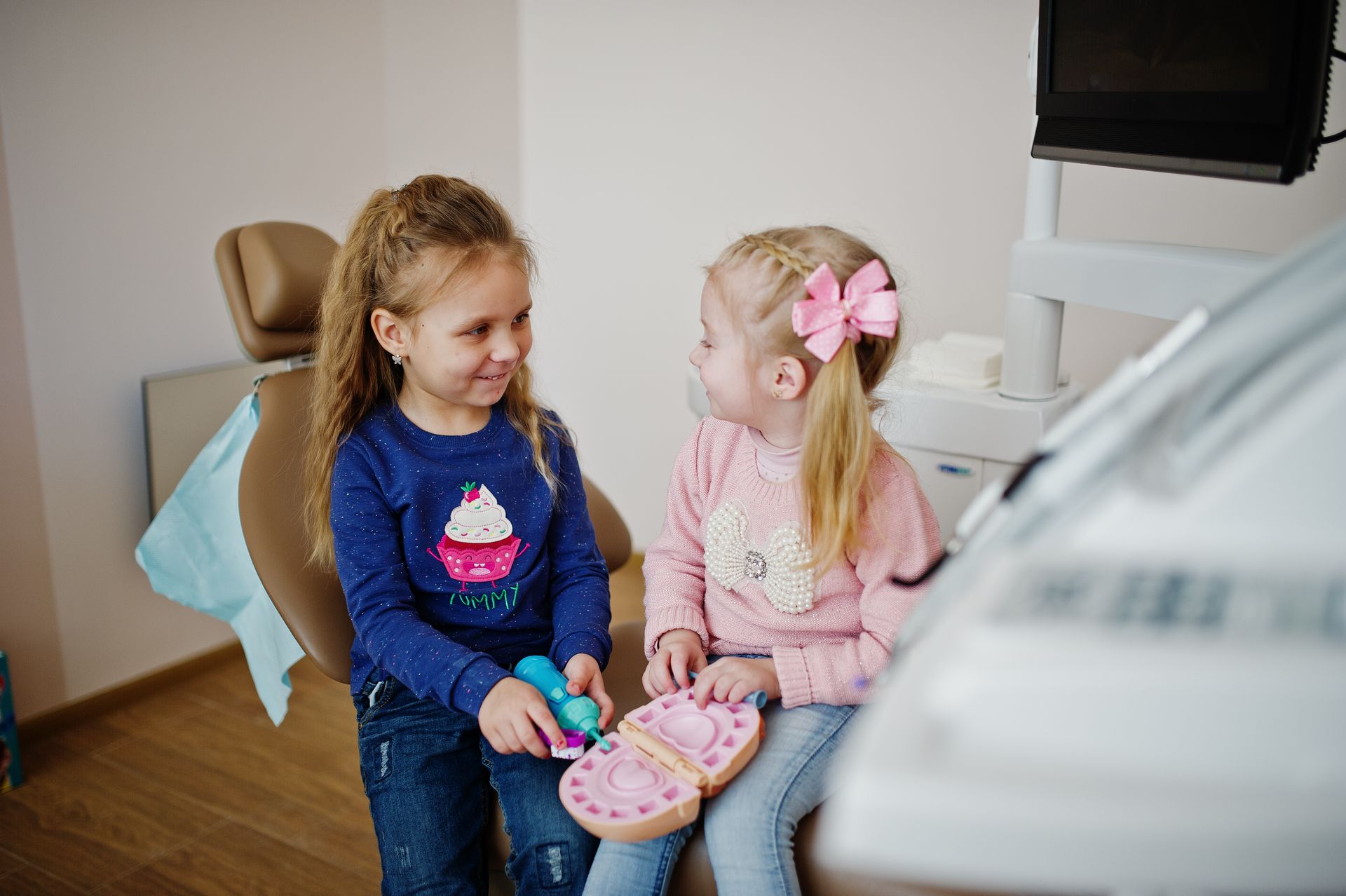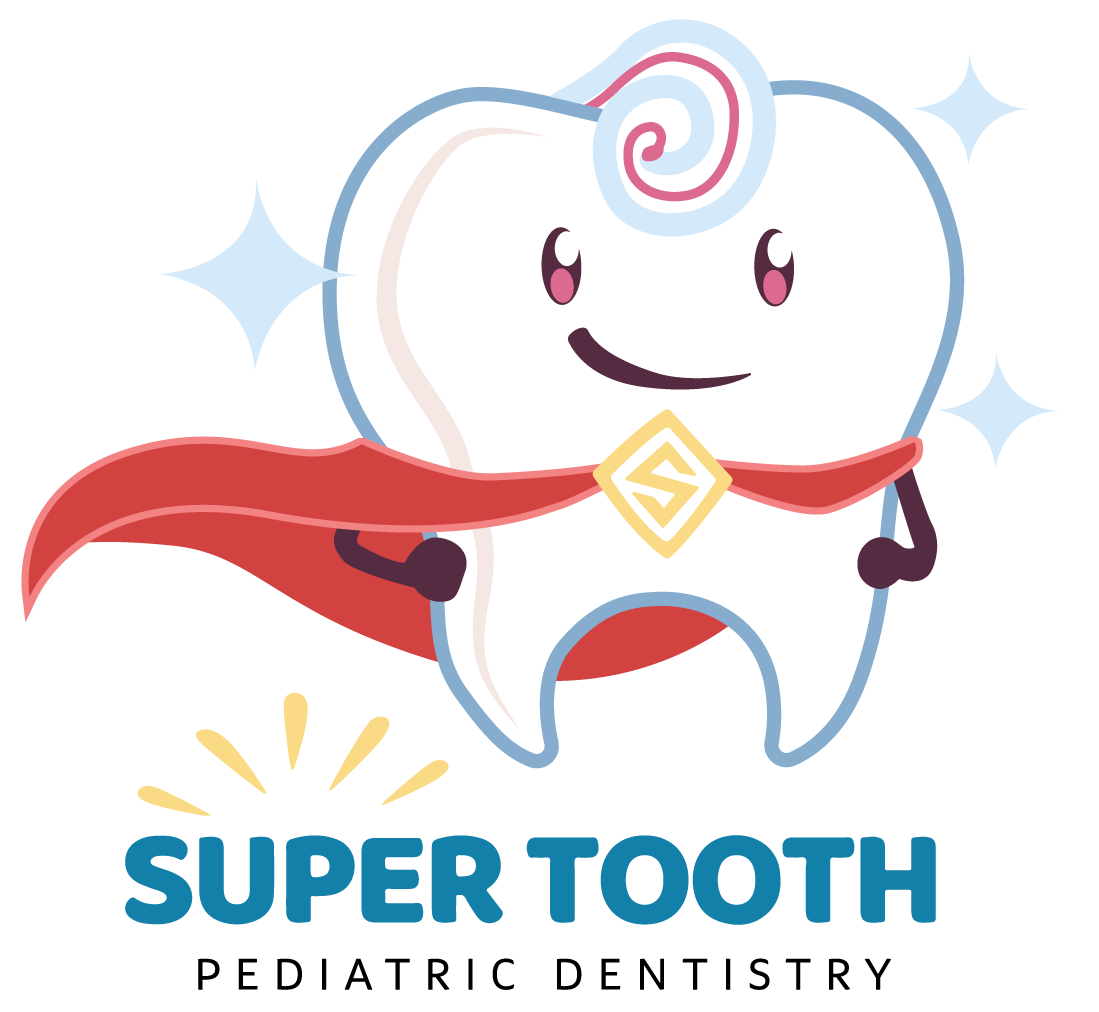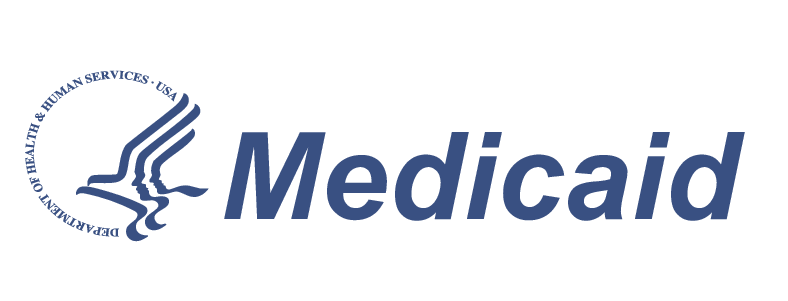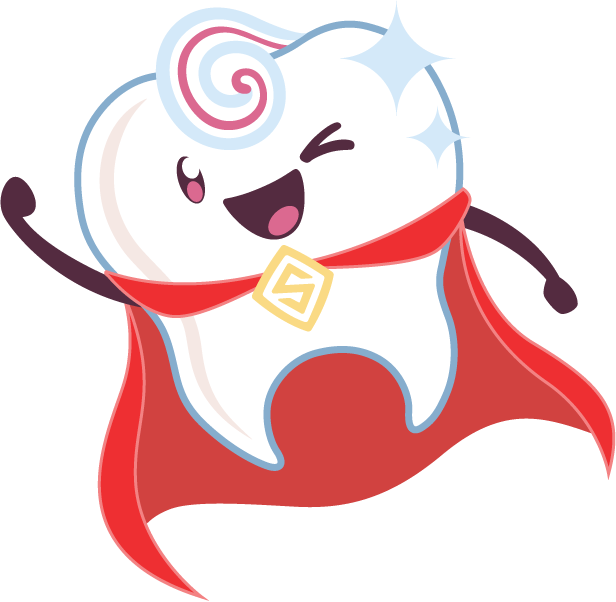Why Choose A Pediatric Dentist?
When it comes to providing the highest level of qualified dentistry for your child, pediatric dentists are your family’s go-to! In addition to four years of dental school, pediatric dentists are equipped with an extra two to three years of child-focused training. As a board-certified pediatric dentist, Dr. Ivker has the specialized knowledge, experience, and skills to care for young patients of all ages and children with special needs. If you’re looking for a whole-hearted pediatric dentist in East Norriton, Dr. Ivker is the tiny-tooth expert in your family’s corner!

Establishing A Dental Home For Your Child
A dental home is where your child receives ongoing care from the same team as they grow. When you establish a dental home for your tiny brusher, they can always look forward to comprehensive dentistry that’s customized to their individual needs and personality. At Super Tooth Pediatric Dentistry, we’re honored to build a dental home that delivers the compassionate care your child deserves. Through prevention and education, our team is dedicated to helping your kiddo become a confident participant in their oral health for life.
At Home Dental Care for kids
Teaching your child how to maintain good oral health through oral hygiene practices is important because this will ingrain the importance of properly brushing and flossing their teeth for the rest of their lives.
If your child knows, from a young age, that practicing good oral hygiene will prevent tooth decay and gum disease, they’ll be more empowered to take control of their overall health. Gum disease greatly increases your risk for serious health problems.
By teaching your child proper at-home care, you reduce the need for costly and time-consuming invasive restorative treatment.
AT HOME CARE TIPS
HOW TO CARE FOR YOUR INFANTS TEETH
Did you know that your child’s oral hygiene routine should begin before they even have teeth? While your child may not receive their first tooth until 6 months to a year after their birth, it’s still important to clean your child’s gums with a damp cloth or gauze.
This removes bacteria from the mouth and prepares your child for the feeling of brushing their teeth. Children aren’t born with cavity-causing bacteria, it gets introduced to them at some point. This is why it’s important to avoid giving your child a baby bottle with sugary drinks to put them to bed.
Your child should stop using a baby bottle by the age of 1 or they can suffer from baby bottle tooth decay. Prolonged use of pacifiers and thumb sucking can also cause long-term oral health problems if they continue past the age of 4.
Your child’s first dental appointment should occur by the time they turn one unless they receive their first tooth before then. This will get your child acquainted with the dental setting and you will learn a lot about how to care for your child’s teeth and gums to prevent tooth decay and gum disease.
You will also learn about what to expect from your child’s oral development, how to feed them a healthy diet, and how to wean them off of pacifiers and thumb-sucking.
HOW TO TEACH YOUR CHILD TO BRUSH PROPERLY
Your child should use a soft-bristle toothbrush and fluoride toothpaste to brush their teeth twice a day - once in the morning and once at night, before bed. They should hold the toothbrush at a 45-degree angle and brush in gentle, circular motions for at least 2 minutes.
Your child will not gain the manual dexterity needed to brush their own teeth until they are about 6 or 7 years old so you will need to brush their teeth for them. Explain what you are doing when you brush their teeth so they can learn.
For children under 3 years old, use a child-size toothbrush and only use fluoride toothpaste the size of a grain of rice. This will prevent fluorosis. For children who are 3 to 6 years old, a pea-sized amount can be used.
Show your child how to brush the outer, inner, and chewing surfaces of the teeth and how to thoroughly brush in hard-to-reach crevices. They should tilt the brush vertically in short strokes that go in an up and down motion to brush the inside of the teeth. Once your child can brush on their own, you should still monitor them to ensure they’re doing it properly.
HOW TO TEACH YOUR CHILD TO FLOSS
Your child should floss once a day, preferably before they brush. This removes all of the food particles stuck between the teeth so that brushing will remove all the remaining food particles and plaque.
Take a piece of thread floss and slide it down between two teeth that are touching. You can use a wiggling motion if it is difficult to freely move the thread floss between the teeth. Take the floss all the way down to the gums and then scrape alongside both sides of the teeth, making a “C” shape with the floss. Then, wiggle the floss back out and repeat on all of the remaining teeth.








